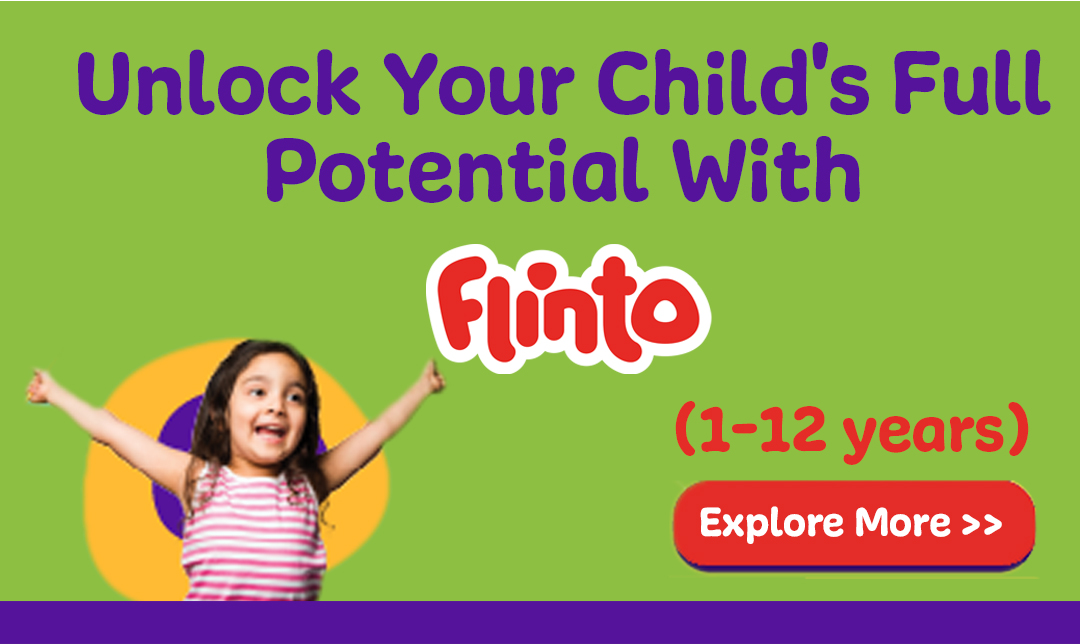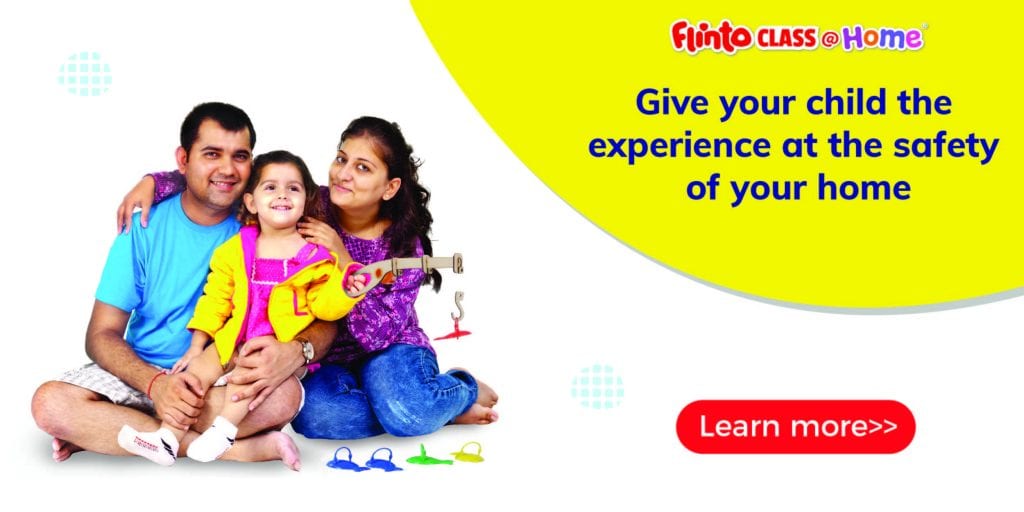Are you wonderin g if your child needs a preschool education, especially in the middle of a pandemic?
g if your child needs a preschool education, especially in the middle of a pandemic?
With safety being a must and many schools opting for online classes, you may have second thoughts about continuing your child’s preschool education this year!
But then, there is no stopping a child’s learning, is there?
Preschool learning provides them with an opportunity to explore, engage, and learn. What they learn in preschool sets the foundation for the next year of learning.
Ah, that curiosity!
Research conducted by multiple organisations, including UNICEF, shows that a good-quality early education provides a child with a strong foundation, which makes them more efficient in their later school years.
Let’s understand how preschool education enables your little one in the long run!
6 ways preschool education helps your child
1) Structured learning
The framework of every early learning curriculum is to nurture a child’s everyday experiences, which in turn promote their learning.
In fact, every curriculum is designed in such a way as to identify a child’s way of learning — visual, auditory, kinaesthetic.
Preschools make the learning highly organised — topics that are thematic, activities each day have unique skill-based outcomes, concepts are reinforced through repeated play, etc.
For example, your child is introduced to the concepts of ‘big’ and ‘small’ with the help of two visual props — one distinctly small and one distinctly big — when they are in the preschool segment.
A well-designed curriculum makes space for a child’s learning in a paced manner.
2) Concept-based learning
What would you say to introducing your child to different concepts around a theme?
Each early learning methodology in preschool — Montessori, Playway, etc. — focuses on skill-based learning that a young child would require.
Each suitable methodology would choose a theme for the month. The concepts and vocabulary around it are introduced through fun activities. They make it easier for children to learn the concepts through play!
For children between the ages of 2 and 4, they are introduced to pre-math and pre-writing concepts in a thematic manner.
Thus, getting them ready for later schooling years.
RELATED: The Simple Technique To Make Your Child Interested In Learning
3) Cognitive development
As learning occurs in a step-by-step manner over a defined period, a well-designed preschool curriculum would encourage a child’s natural curiosity.
 They explore, interact, ask questions, solve problems, and try to comprehend the logic. Slowly, understanding how things work.
They explore, interact, ask questions, solve problems, and try to comprehend the logic. Slowly, understanding how things work.
A two-year-old would explore pre-math concepts and be introduced to numbers as opposed to complex (for the child) math concepts such as simple addition for a 4-year-old. Thus, through age-specific activities, a child’s cognitive development is planned through the early learning curriculum.
4) Fine and gross motor exploration
Preschool curriculum focuses on enhancing a child’s fine motor and gross motor movements.
Running around, maybe an everyday event, but how about balancing or perhaps, stretching?
Imagine your child moving around while singing a rhyme! Row-row-row a boat…!
And, Wouldn’t it be fun to watch your child write?
Well, for this to happen, they require a tripod grip — use of the thumb, index, and middle fingers to hold a writing tool such as pencil, crayons, etc.
As your child enters Grade 1, they would have mastered the tripod grip. But they must first master other grips such as using the fist, pincer, etc.
Activities — such as finger-painting, peeling and pasting; etc. — enable their natural grip transition as they provide suitable tools for improvement.
5) Emotional growth
As a baby, your child’s needs are understood and attended to.
But as they become a toddler, they learn to express their needs, identify and understand their emotions, comprehend the emotions of others around, etc.
Preschool education enables your child to explore the world around and learn. Eg: Introduction to how a plant grows; a story about helping someone; etc.
Largely, it helps your child become more confident with their emotions and be empathetic.
RELATED: A Simple Checklist To Track Your Child’s Developmental Milestones
6) Improves communication
As your child becomes old enough, they curiously begin to express their  needs. Thus, they curiously begin to expand their vocabulary.
needs. Thus, they curiously begin to expand their vocabulary.
Imagine a child-centric learning that places an emphasis on a child’s communication.
When a question is asked, they must respond. They must listen to what is being said.
So, how would their activities be?
They get to sing rhymes; listen and tell stories; sound out the words phonetically (such fun activities!).
By the time a child is ready for Grade 1, they would be comfortable with reading simple sentences, sight words, letters (upper and lower case).
Imagine singing “C-a-t, c-c-c-, c-at…!”
In a normal scenario, sending your child to preschool is the best option for their early learning!
Imagine a child-centric learning program such as Flintoclass@HOME that places an emphasis on a child’s overall development and learning.
Launched by Flinto Early Learning Research Foundation, Flintoclass@HOME delivers hands-on preschool education for 1.5 – 6 years right to your doorstep.
Flintoclass curriculum, which has been designed around a child’s early learning requirement, has been adapted for preschool at home.
An all-inclusive kit with instructions, storybooks, activity journals, and materials are shipped to your home.
Flintoclass@HOME is a unique and one-of-a-its kind preschool program in India that offers hands-on learning with virtual guidance sessions.







